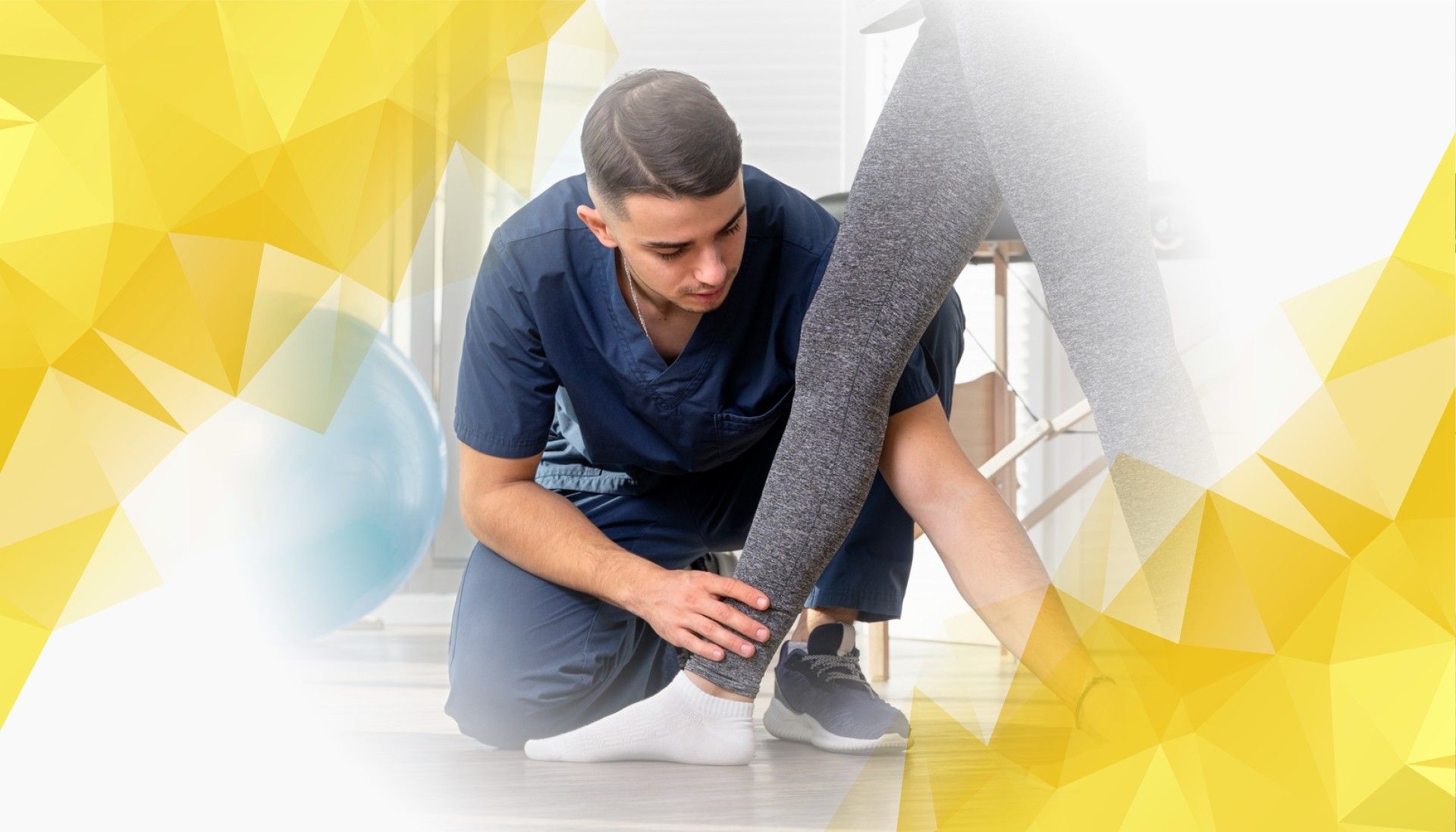Understanding Movement Analysis: Why It Matters
Movement analysis is a vital tool for healthcare professionals, trainers, and researchers. Whether for improving athletic performance or supporting patient recovery, understanding how our bodies move provides critical insights. Traditionally, this analysis involves participants performing the same movement multiple times—often five or more—to collect enough data. But this method isn’t perfect: it can tire people out and make their movements less consistent. That’s where MAI Motion changes the game. This innovative system streamlines movement analysis by requiring only three repetitions—making the process quicker and easier while still delivering trusted results. In this article, we’ll look at how MAI Motion compares to traditional methods and why its novel approach is such a breakthrough.
Drawbacks of Traditional Movement Testing
For years, movement analysis has depended on collecting data from several repetitions to ensure accuracy. The logic is simple: by averaging multiple attempts, you can filter out random errors and get a better sense of someone’s true movement patterns . But there’s a downside. Repeating a movement five or more times often leads to fatigue, which can subtly (or sometimes not so subtly) change how people move—and this can make the data less reliable. Think of a sprinter: the first attempt is usually strong, but with each repeat, form and effort can start to fade. This not only affects accuracy but also makes sessions longer and less convenient, especially in busy clinics and gyms. All these issues highlight the need for faster, more practical approaches.
Advances in marker-less motion analysis offer promising alternatives. New, camera-based approaches can be just as sensitive and clinically meaningful as legacy motion capture systems, but without the complex and time-consuming setup (Armstrong et al., 2024).
Meet MAI Motion: A Smarter, Simpler Approach
Enter MAI Motion , which gets accurate results from just three repetitions. Fewer repetitions mean less fatigue, more natural movement , and quicker sessions—benefits for both participants and professionals. But how does MAI Motion ensure reliability with fewer data points? The answer lies in advanced algorithms and smart data processing. Instead of relying on sheer quantity, MAI Motion uses quality—extracting the most meaningful data from every repetition.
Recent research shows this approach works: studies have found that three sit-to-stand (STS) repetitions using MAI Motion capture biomechanical data that matches results from the traditional five-repetition protocol. In other words, with MAI Motion , you get results that are just as reliable but with less effort and less time. These findings support adopting this quicker, three-repetition protocol as a practical alternative that reduces participant burden .
This shift is driven by accessible technology, too. By using standard video cameras and clever software, systems like MAI Motion are making high-level movement analysis available to more people, not just those in specialized labs (Armstrong et al., 2024).
How Does MAI Motion Compare? The Data Speaks
So how do these approaches stack up against each other? When scientists compare the five-repetition traditional test to MAI Motion ’s three-repetition method, they look at accuracy indicators like mean absolute error (MAE) and root mean squared error (RMSE). Despite coming from fewer repetitions, MAI Motion ’s results match or surpass traditional methods. Why? Because participants aren’t as tired, so their movement is more consistent—and the algorithms behind MAI Motion make sure every bit of data counts.
Supporting this, recent studies show participants preferred the three-repetition method, finding it less tiring, and found no clinically meaningful differences in the results. Researchers also showed that key movement metrics, or “biomarkers,” can be identified and reported automatically and accurately—providing quick feedback for clinicians and trainers (Armstrong et al., 2024).
What Makes MAI Motion So Effective? The Technology Behind the Scenes
MAI Motion ’s power comes from a blend of smart engineering and accessible tech. First, it uses simplified biomechanical models: these are efficient frameworks that describe how the body moves without unnecessary complexity, making calculations faster and more nimble. Second, MAI Motion incorporates advanced machine learning techniques, like deep metric learning, to spot the most relevant patterns in human movement while ignoring noise or random errors. Recent studies show that video-based approaches using neural networks can robustly capture both shape and movement , reinforcing that you don’t need bulky traditional setups for precise analysis (Armstrong et al., 2024).
Real-Life Benefits: Why MAI Motion Matters
All these technical improvements have a real impact. For patients, fewer repetitions mean less physical strain during exams or rehabilitation sessions. For athletes and coaches, fast, reliable data means performance can be tracked more often, without added fatigue. Clinics and training centers can see more people in less time, making their operations smoother. The bottom line: MAI Motion is making movement analysis quicker , more comfortable, and more widely available—allowing professionals to make better, faster decisions that improve outcomes for everyone.
Research supports this shift, showing that adopting fewer repetitions doesn’t sacrifice data quality but does reduce effort and time commitment for everyone involved. Clinically significant metrics, like smoother elbow and knee movements during functional tasks, can still be measured accurately using these smart, streamlined methods (Armstrong et al., 2024).
Looking Ahead: The Future of Movement Analysis
To sum up, traditional movement analysis has worked for years but isn’t without its problems—including participant fatigue and longer sessions. MAI Motion changes the landscape with its three-repetition method, harnessing intelligent technology to preserve accuracy while boosting efficiency. As advances in motion analysis continue, we can expect assessments to become even faster, more precise, and more accessible—benefiting healthcare providers, athletes, and everyday people alike. The future of movement analysis is bright, and with innovations like MAI Motion, it’s already here.
References
Armstrong, K., Zhang, L., Wen, Y., Willmott, A. P., Lee, P., & Ye, X. (2024). A marker-less human motion analysis system for motion-based biomarker identification and quantification in knee disorders. Frontiers in Digital Health. https://doi.org/10.3389/fdgth.2024.1324511
Wen, Y., Verma, T., Whitehead, J. P., & Lee, P. (2025). Empirical Validation of a Streamlined Three-Repetition Sit-to-Stand Protocol Using MAI Motion. Applied Sciences, 15(10). https://doi.org/10.3390/app15105688

